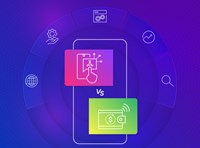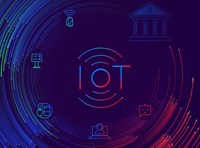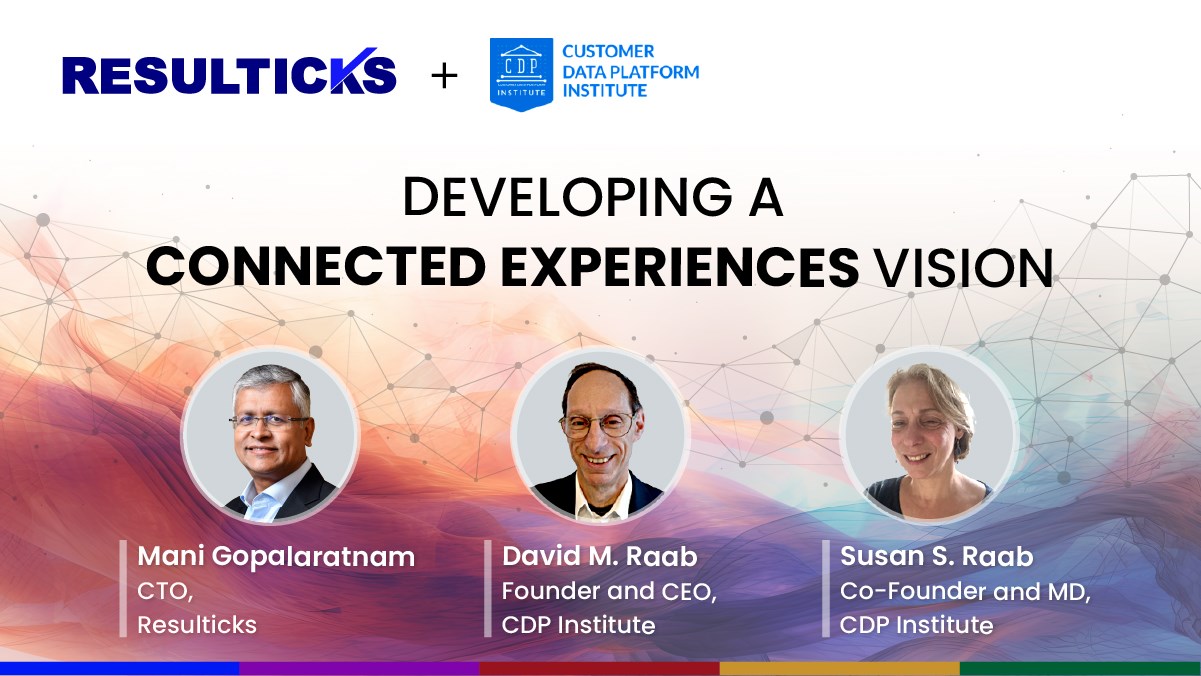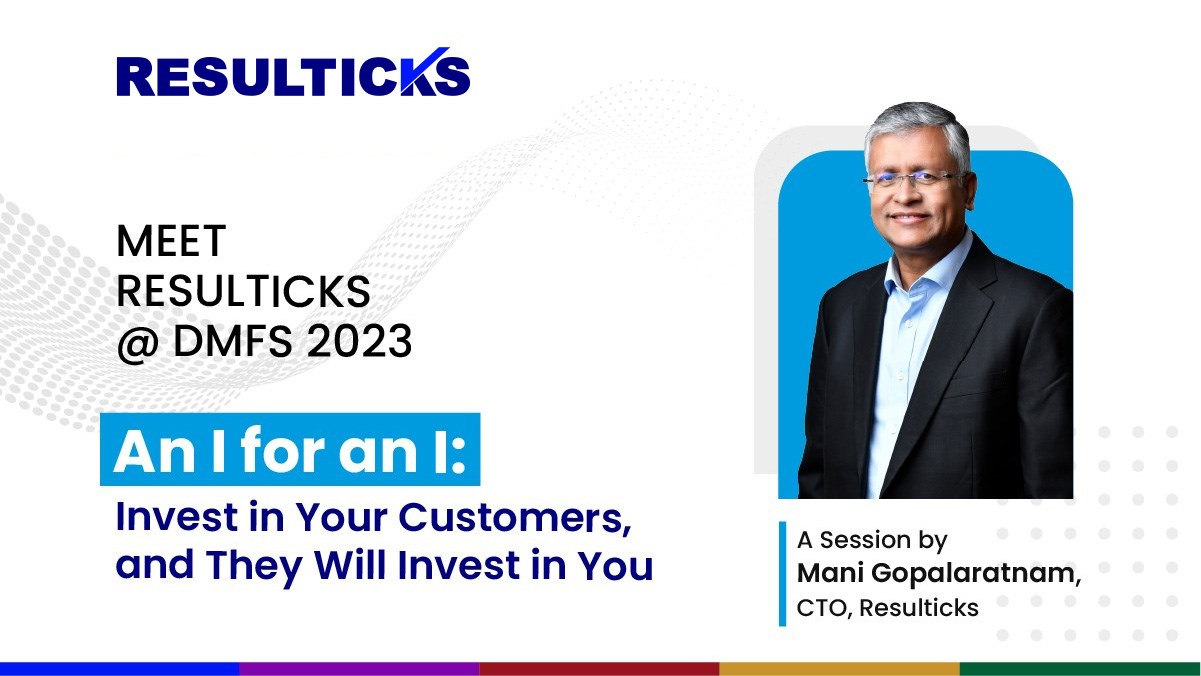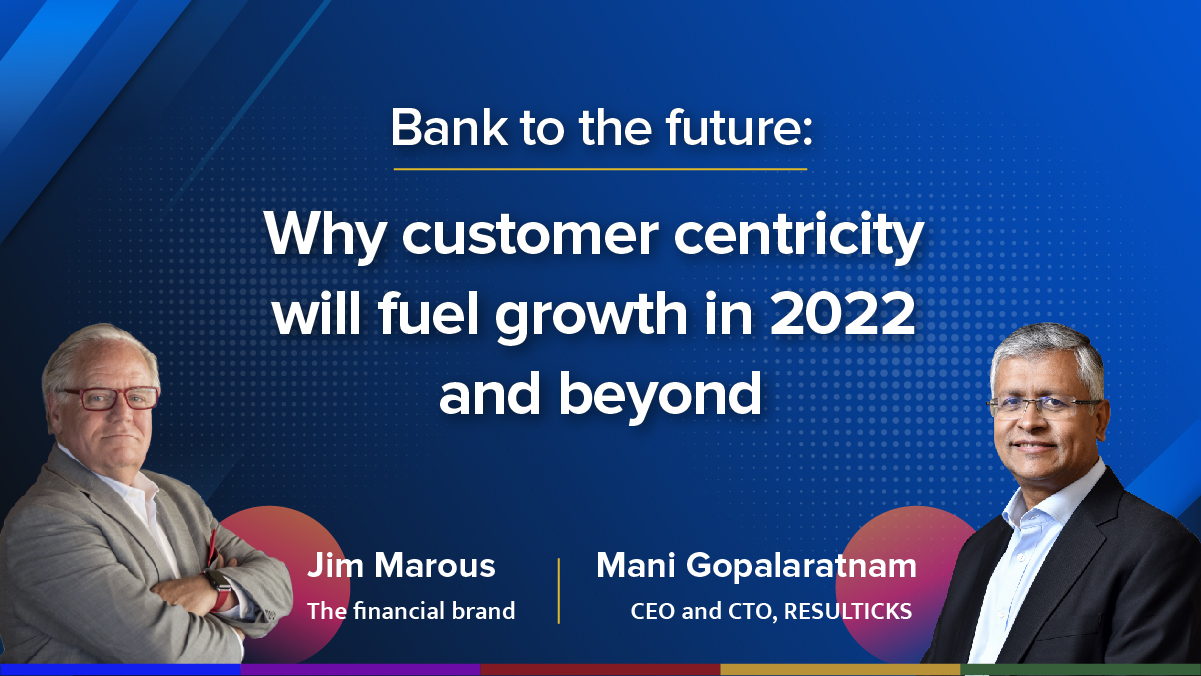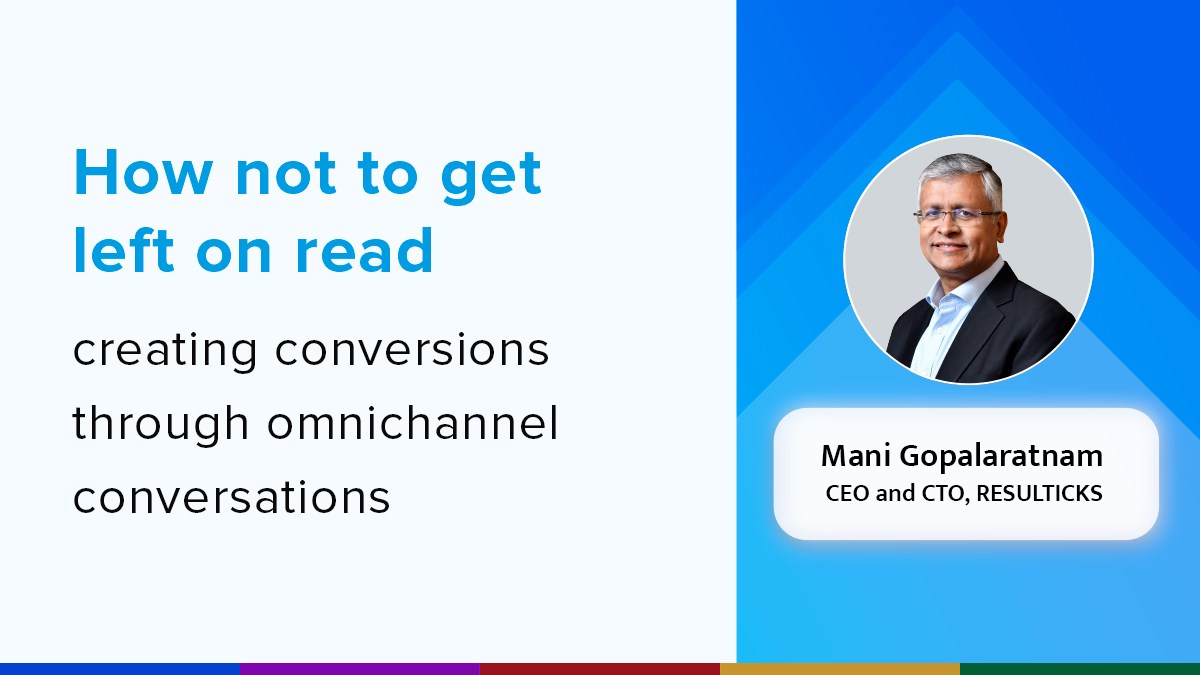Making customer service touchpoints part of your omnichannel engagement network
Anuradha Sriraman
Category
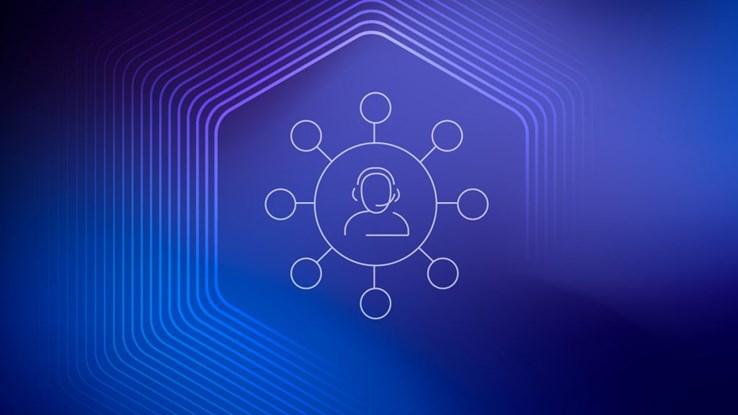
What are customers demanding?
Great customer experiences are in demand. According to research by PWC, 43% of consumers would pay more for greater convenience, and 42% would pay more for a friendly, welcoming experience. A customer experience that lives up to consumer expectations today will not be static or isolated to one or two touchpoints. Brands cannot be content with ensuring customer delight at the point of transaction or only upon the first encounter.
Instead, what consumers expect are seamless, constantly evolving interactions throughout all stages of their lifetime with the brand and across any number of channels they prefer. They want omnichannel experiences—just the way they want it. From discovery to exploration to purchase to loyalty, every step of the way matters. Customer service is no exception to this.
Making customer service omnichannel
In this context, it might not be enough to simply have customer service touchpoints—email, call centers, chatbots, live chats, social media, etc.—in place, and brands have to prepare to respond in context and at scale to whichever channel each customer has chosen to share their issues or queries.
They need to have a clear grasp of how customers are interacting with their myriad touchpoints and what they expect. More importantly, there has to be a strategic, seamless way that such insights improve not only services and responses, but the entirety of customer experiences.
It is critical, then, that the brands design and implement an omnichannel customer service strategy, one that coheres with their omnichannel marketing roadmap, as they look to optimize retention and sustain loyalty.
Take for example the traveler who exits a page midway through a chatbox query. Addressing the query through another channel, like email or text, reinforces your message, says you care, and smooths the way for a return to the web. Going this extra mile often leads to improved sentiment on social media and an increase in your NPS score, which ultimately leads to conversions and brand advocates.
Imagine a customer, Lena, has reached out to a travel booking company Vision Travel via social, chatbot, and email with an inquiry about the latest trip cancellation policies but hasn’t been able to receive a satisfactory response. Lena, at a heightened level of frustration, decides to call the customer service number to speak with someone directly.
Now imagine that customer service agent, Jaxon, is able to access Lena’s entire journey and all of her touchpoints. Jaxon knows every message sent via social, every email sent, and every tweet directed at Vision Travel by Lena. Jaxon can also see her social sentiment score, which shows she’s likely frustrated at her experience thus far. This information is integrated in a singular view with the CRM and/or SQL database that also shows that Lena has been a longtime customer, what her last booking was, and what her buying patterns are – in fact, Jaxon knows that Lena typically books a vacation around this time of year so it’s imperative for him to resolve this inquiry quickly and efficiently.
This complete picture allows Jaxon to speak intelligently to Lena, empathize with her frustrations, and resolve her inquiry without asking her to repeat her inquiry. Because these datasets are also integrated into the email marketing platform, Jaxon is also able to see that lately Lena has been opening emails that have deals to Barcelona, and he offers Lena a promo code to book a hotel in Barcelona that’s good for one year with zero cancellation fees.
Satisfied with the resolve, Lena choses “highly recommend” on the NPS survey, responds to her own tweet that her issue has been resolved, and gives a great review online. Yet most importantly, she books her trip to Barcelona with the comfort of knowing that there’s a knowledgeable customer service team in place to help her with any issues every step of the way.
So how can your company achieve this? And how can you prevent customers like Lena from reaching the point of frustration in the first place?
Omnichannel customer service: The benefits it delivers
The first step towards omnichannel is establishing a unified data foundation. By consolidating the variety of data from their customer service touchpoints and systems, brands will be able to further enrich their singular view of each individual customer.
They can discover when, where, and how each customer interacts to optimize their service strategies. These insights, attributes, and patterns can also be utilized to build targeted campaigns and refine how brands engage each customer during the non-service parts of their omnichannel journeys.
With a unified view of their customer service and marketing touchpoints alike, brands will also be empowered to map out a comprehensive self-service strategy. They can design videos, demos, instructional materials, and entire user experiences to help customers find the answers to their questions efficiently.
Brands can end up saving significant resources formerly invested in call centers, as a large number of complaints and queries can now be resolved through self-service touchpoints. Call centers, on the other hand, could also benefit as they can ensure the efficiency and quality of their services for the smaller number of queries they do receive. The customer service team will also benefit from a shift towards omnichannel, since the 360° customer view that underpins much of seamless customer engagement will help them maintain a complete understanding of each customer’s profile, preferences, interaction history, and more.
The explosion of digital and data has rapidly blurred the lines between not only channels but disciplines. As omnichannel settles into its status as the norm in marketing, customer service, a discipline so closely linked to it, will no doubt have to undergo a similar shift. By identifying their existing gaps, mapping an omnichannel service strategy around their clients’ concrete, evolving queries, and enabling it all with the right technology, brands will surely see encouraging results and stay at the forefront of their industries.

